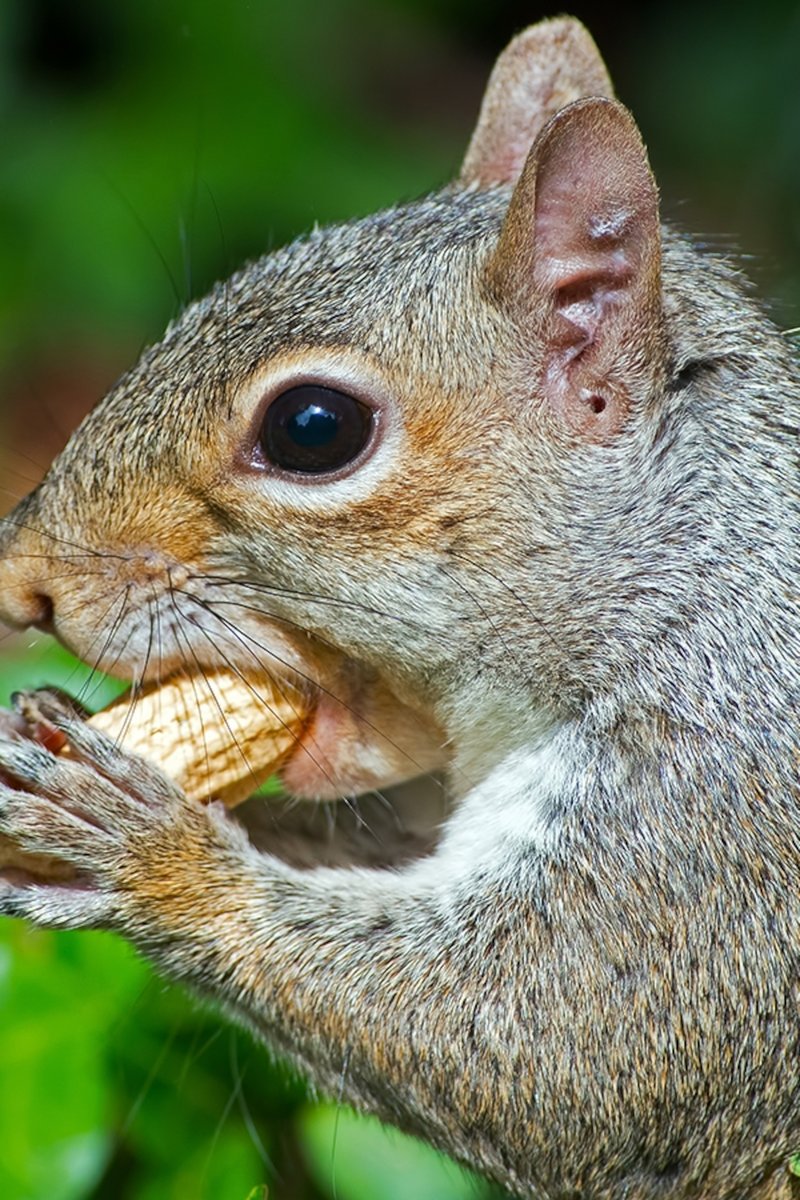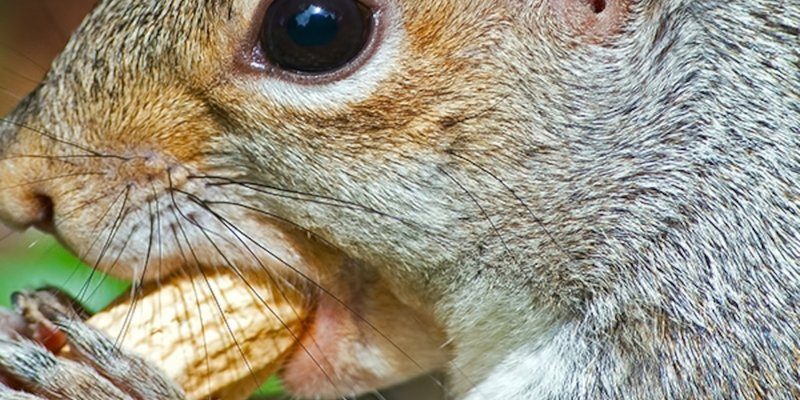
Imagine a little squirrel perched on a branch, its eyes darting around as it keeps an eye out for predators or searches for hidden food. This isn’t just instinct; there’s a level of intelligence at play. Many people don’t realize the depth of a tree squirrel’s smarts. So, grab your coffee, and let’s dive into the intriguing world of squirrel intelligence and behavior!
1. The Basics of Squirrel Intelligence
When we talk about squirrel intelligence, we’re looking at a mix of cognitive skills like problem-solving, memory, and learning. Just like us, tree squirrels must navigate their surroundings to find food, avoid danger, and communicate with others. Their intelligence is not just about survival; it’s a combination of traits that allows them to thrive in various habitats.
Squirrels use their sharp memory to remember where they’ve buried nuts. Studies show that these critters have an incredible ability to recall the locations of thousands of hidden food caches. This skill is critical, especially when winter rolls around and food becomes scarce. They often dig up these treasures, showcasing both their foresight and cognitive prowess.
Another fascinating aspect is their problem-solving abilities. For instance, you’ll often see them using their environment to gain access to bird feeders or picnic baskets. They might experiment with different approaches, which is a clear sign of their ability to learn from experience.
2. How Do Squirrels Communicate?
Communication plays a vital role in the life of a tree squirrel. They use a mix of vocalizations and body language to express themselves and warn others of danger. You might be surprised to learn that they have a whole vocabulary!
Squirrels can emit various sounds, including barks, chatter, and even soft whistles. Each sound has a specific meaning, often serving to alert other squirrels to potential threats. For example, when a predator is nearby, you’ll hear a series of urgent alarm calls that can send other squirrels scampering for cover.
They also use their tails to communicate. A flick of the tail can signal excitement, agitation, or simply an alert to watch out for danger. Imagine two squirrels perched on a branch, barking at each other while dancing their tails like little flag-waving soldiers. That’s communication in the squirrel world!
3. Squirrel Adaptability and Problem-Solving Skills
You might be wondering how squirrels manage to thrive in urban environments where food is found in all sorts of unusual places. Their adaptability is a testament to their intelligence. Tree squirrels can quickly adjust their behavior to deal with changes in their habitat. This flexibility is crucial for finding food, especially in cities filled with humans.
A common scenario is when squirrels attempt to access bird feeders. Many feeders are designed to keep critters out, but savvy squirrels often figure out how to get around the traps. They may leap from nearby branches, try different approaches, or even watch other squirrels for tips. This willingness to learn from their surroundings highlights their ability to solve problems creatively.
Additionally, urban squirrels have started to adopt new feeding strategies, like raiding trash bins or stealing from picnics. This behavior shows their ability to capitalize on resources that may not exist in their natural habitats.
4. Memory and Food Caching
One of the standout features of tree squirrel intelligence is their food caching behavior. In the fall, when food is abundant, squirrels gather nuts, seeds, and fruits to store for later. It’s like they’re preparing for a winter buffet!
But here’s the kicker: squirrels actually remember where they’ve hidden their food. They use both sight and smell to locate their caches. Research has found that they tend to bury food in specific places that are easy to remember, like near trees or landmarks.
Can you imagine if you were trying to remember where you stashed snacks all over your house? Squirrels actually have a strategy! If they forget about a few of their hidden treasures, those forgotten nuts can sprout into new trees, which is beneficial for the environment. So, in a way, you could say squirrels are nature’s gardeners!
5. Social Behaviors and Interactions
Squirrels aren’t just solitary creatures; they have a social life too! They interact with each other in various ways, whether it’s through playful chases or establishing territory.
For instance, younger squirrels often engage in play, which helps them learn crucial skills for adulthood. These interactions can be playful and involve lots of back-and-forth running and jumping. It’s a bit like a furry version of tag!
On the flip side, when it comes to territory, squirrels can be quite aggressive. They defend their space from rivals, using vocalizations and body language to assert dominance. It’s a delicate balance of cooperation and competition that showcases their social intelligence.
6. Comparing Tree Squirrels to Other Animals
When looking at intelligence in the animal kingdom, tree squirrels often get compared to other rodents, like rats or even more complex mammals like dogs. While all these animals are smart in their own ways, squirrels have unique traits that make them stand out.
For example, rats are known for their problem-solving and social skills, while dogs have been bred for companionship and can understand human commands. Squirrels, on the other hand, excel in memory, adaptability, and resourcefulness.
In many ways, each animal has adapted to its environment in clever ways. But tree squirrels have a special knack for using their environment to their advantage, whether they’re in a forest or navigating a bustling city street.
7. Understanding the Importance of Squirrel Intelligence
Why does understanding squirrel intelligence matter? Well, it gives us insight into the complexities of animal behavior and the intricate web of life. Squirrels play crucial roles in their ecosystems, influencing plant growth and seed dispersal.
Moreover, studying their intelligence helps us appreciate wildlife more. It encourages conservation efforts and raises awareness about the importance of preserving natural habitats for these clever creatures.
By understanding how squirrels think and interact, we gain a deeper connection to nature. It reminds us that intelligence comes in many forms and that every creature has a place in the world, contributing to the balance of our ecosystems.
In conclusion, tree squirrels are more than just cute little animals. They’re intelligent creatures with remarkable cognitive abilities, problem-solving skills, and social interactions. The next time you see a squirrel, take a moment to appreciate its cleverness—you might find yourself amazed by these furry little thinkers!

